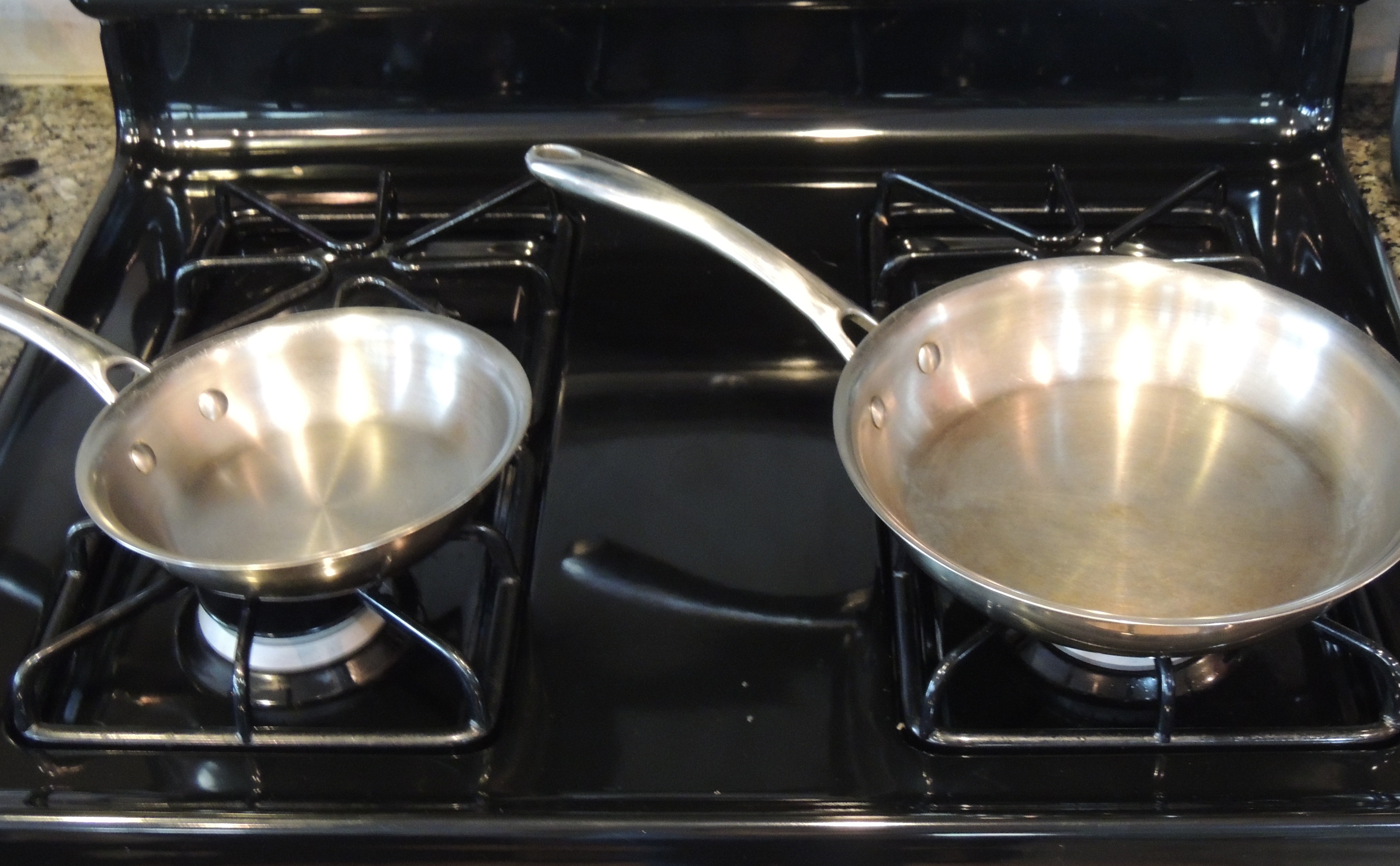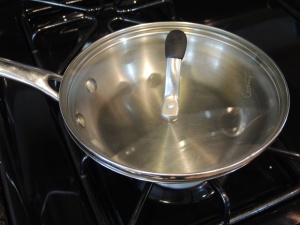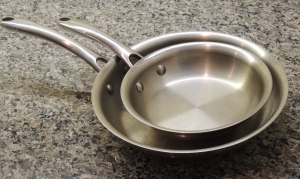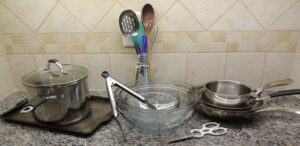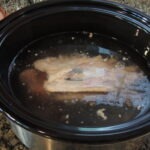I confess. I’m a skillet hoarder. Or at least that’s what you might think if you took a peek in my cabinets. And that’s even after I gave some to both Rebecca and Greg! Of course, I’ve had many years to collect them, some of which were handed down to me from my mother and grandmother. But which skillets are truly essential? Working on The Bare Bones Kitchen project has forced me to answer that question by using as few pans as possible while developing our recipes.
The bottom line: I can get by with just 2 skillets. Start with a large skillet, which is important for making large frittatas, searing chicken thighs, stir fries, or sautéing greens.
A smaller skillet can be a useful addition especially for single people. It’s great for making small frittatas, scrambling a few eggs, cooking a grilled cheese sandwich, or pan-searing one piece of salmon.
A favorite in our family has always been individual omelets, for which a small skillet (or omelet pan) is a must-have. Be sure the skillet has slanted sides so the omelet (or any other food) can slide out easily. Many of our recipes are designed to be made in one of these 2 skillets, with the large skillet most prominent.
~ Bobbi
The Bare Bones Kitchen recommends:
A large skillet – 10 or 12-inch, with a lid if possible. (Bobbi uses a lid from a larger soup pot, but many skillets come with lids.) If a dish needs to simmer covered, and you don’t have a lid, use a piece of aluminum foil.
A small skillet – 6-8” with slanted sides so you can use it for omelets too. (The lid to Bobbi’s 4-quart saucepan fits on this skillet.)
The small skillet easily stacks inside the larger one, taking up very little space. Later on, you might want a cast iron skillet or a large wok, depending on the type of food you like to cook.
